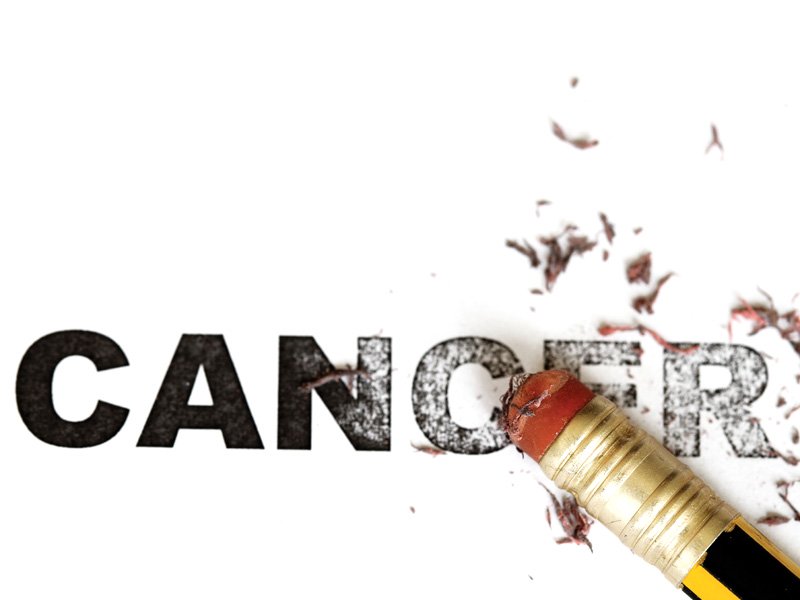
Cancer patients in Khyber-Pakhtunkhwa (K-P) seem to be in a dilemma. In addition to the lack of awareness over preventing cancer, doctors do not prefer to specialise in cancer treatment because of its fatal nature.
There are four cancer centres in K-P, including the Institute of Radiotherapy and Nuclear Medicine (IRNUM) and the oncology unit of Hayatabad Medical Complex (HMC) in Peshawar, and Institute of Nuclear Medicine Oncology and Radiotherapy (IRON) and oncology unit at the Ayub Medical Complex (AMC) in Abbottabad.
“We have 15 doctors in IRNUM of whom four are consultants. The total number of doctors treating cancer patients is no more than 20 across the province,” said IRNUM Director Dr Muhammad Rauf Khattak. “Doctors do not consider this field rewarding and it does not allow private practice, which prevents new doctors from joining it.”
The data obtained from three centres shows that IRNUM treated 29,208 cancer patients, HMC treated 4,000 and IRON 1,077 last year. The data for the oncology unit at AMC was not available. The government is planning to open three new centres in Swat, Bannu and DI Khan soon.

Globally, there is one doctor for five patients, but at IRNUM, one doctor can treat as many as 50 patients, Khattak said.
He added that last year, three relief organisations provided Rs31.57 million to IRNUM, which helped in treating 3,346 patients. The Begum Nusrat Bhutto Oncological Services for Cancer Patients of K-P, a Rs500 million project funded by the provincial government, will also start soon.
Zakiullah, a lecturer at the University of Peshawar, who conducted a research on the toxicity of smokeless tobacoo (Naswar), said that 50% of oral cancer in South Asia is caused by Naswar.
He also said 54% of men and 20% of women in Pakistan use tobacco in one shape or the other. In his research study, 74.5% patients were male and 25.5% female, which included 15% patients from Afghanistan.
Dr Jawad Akhtar Hussain of IRNUM said that 70 to 80% of cancer cases are detected in late stages when the disease can no longer be treated. Some of the main causes of cancer include the consumption of alcohol, tobacco, betel nut, animal fat, grilled foods at high temperature, air and water pollution and viruses such HBs, HCV, HPV, EBV, HIV. Performing X-rays on pregnant women may also cause fatal anomalies.
Clinical Psychologist Nazma Nasir said cancer patients face distress, anxiety, depression, interpersonal problems and can also be suicidal.
A significant proportion of cancers can be cured by surgery, radiotherapy or chemotherapy, if they are detected earlier on. About 30% of cancer deaths are due to the five leading behavioural and dietary risks, including a high body mass index, low fruit and vegetable intake, lack of physical activity, tobacco and alcohol consumption.
Pakistan has a total of 1.4 million patients suffering from different types of cancer. Deaths from cancer are projected to rise worldwide, with an estimated 13.1 million deaths in 2030.
Published in The Express Tribune, February 5th, 2013.















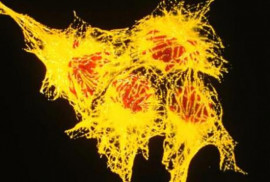

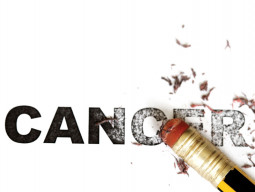



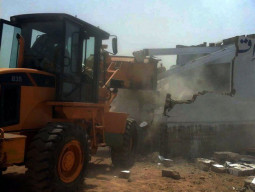
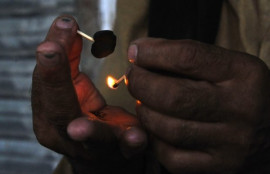
















COMMENTS
Comments are moderated and generally will be posted if they are on-topic and not abusive.
For more information, please see our Comments FAQ